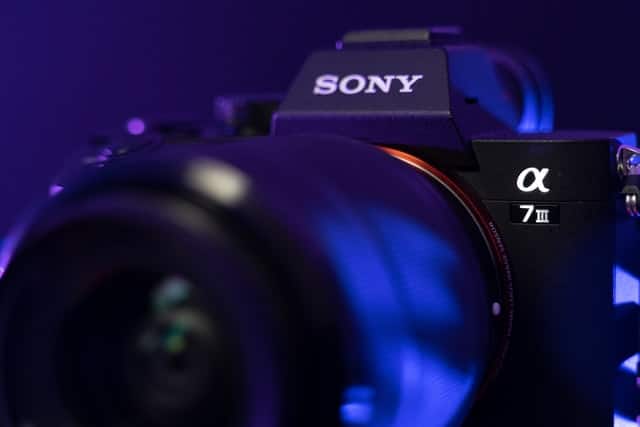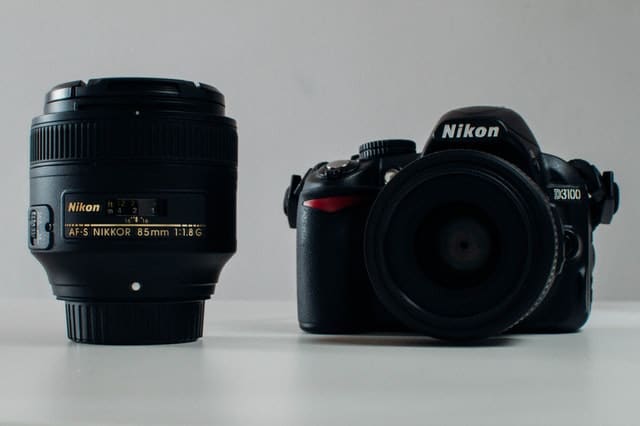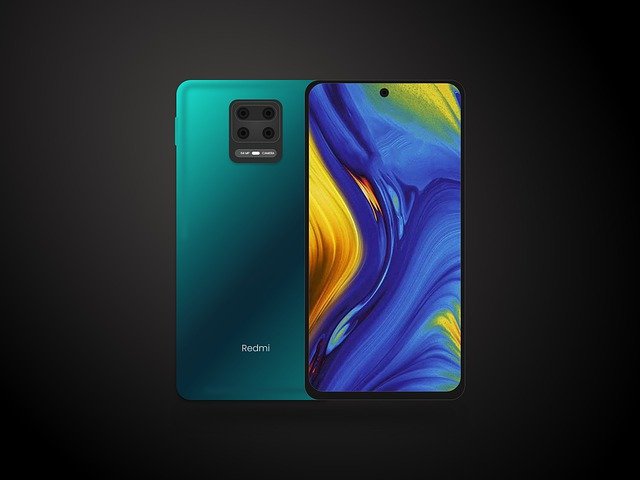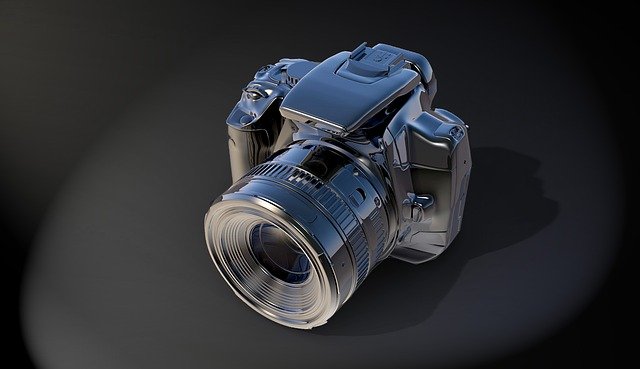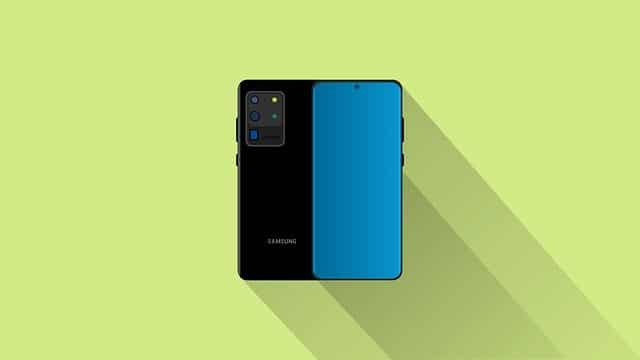The Sony A7 III is the eighth model in Sony’s popular series known as Sony α7. This third-generation iteration of the original Alpha A7 comes with not only more advanced, value-adding and sensitive features but also manages to be affordable at the same time.
For those who are already familiar with the functions of Sony cameras, A7 III is no different in that aspect. In addition to being a user-friendly camera, it also proves to be a terrific all-rounder. It is suitable for both still photography and video. Just like its predecessors, the A7 and the A7 II, the A7 III continues to find favor with photo enthusiasts and professionals.
The Features That Make it Worth a Buy
Let us see what key features of the Sony A7 III are making it a blue-eyed boy among the camera lovers.
Image
Resolution wise Sony A7 III is just like its predecessors, but its sensor does not remain the same. Sony A7 III comes with a 35 mm full-frame Exmor R CMOS sensor with a back-illuminated design for improved light gathering. This enables capturing the best picture even if the lighting is a bit compromised.
The Sony A7 III is equipped with Eye AF (Auto eye focus), which enables the camera to focus not only on the subject’s face but also on their eye. This helps in shooting with greater precision that dramatically enhances portrait shooting plus higher AF speed. It makes it a lot easier to shoot a portrait of a moving subject without compromising on the image’s quality.
Battery
One thing that was common in all the Sony cameras earlier was their relatively poor battery life. But to a great surprise, Sony has updated their battery to a new Z-type battery.
The Sony A7 III uses the NP- FZ100 battery, which allows for an extended period of memorable and confident shooting than its processors.
In normal shooting condition and with a fully charged battery, it allows 710 shots per charge. It has an optional VG-C3EM Vertical Grip. This can further hold two batteries.
In this model, USB Type -C as well as Multi/Micro USB ports are present that permit the use of external mobile batteries in order to charge the camera. Thereby, further enabling extended shooting.
Handling and Control
The Sony A7 III camera does not become a piece of baggage to carry even in a challenging environment. Its body is made up of a high-rigidity magnesium alloy top cover, internal frame as well as the front cover.
On the camera, the Movie Record button is moved to a new position. This seems to be much more logical as it is more accessible for the thumb while shooting. The AEL button is also relocated and can be assigned a range of controls through settings.
These refinements in design and control make the A7 III appreciably easier to handle and user-friendly.
The Sony A7 III is well equipped with a 3.0-type 922K – dot LCD screen. This offers amazing touch screen operation, which adds to much ease in terms of handling. The LCD can be tilted up by as high as 107 degrees and low by as much as 41 degrees. It helps in completely flexible and suitable camera holding as well as shot monitoring.
Video
The A7 III continues to keep videographers happy, like any other Sony product, thus supporting Sony’s strong push for better video recording.
With the A7 III, one can shoot high-resolution full-frame, 4K or 24p movies/videos with no crop. Its predecessor A7 II was only capable of Full HD, so this quite an upgrade over its predecessors.
Compared to its upgraded and expensive version, Sony A9, Sony A7 III provides you with similar video quality as that found in A9, at half the price.
In A7 III, users will find the right combination of focal-plane phase-detection AF as well as contrast–detection AF, which precisely captures everything, even the extremely fast–moving subjects. Additionally, it performs tracking of those objects during the recording of the video.
Overall, Sony A7 III does not disappoint its users in any way, keeping in mind the price range to which it belongs.
Autofocus
Autofocus is another key feature in any camera that not only helps in capturing high–definition images but also reduces the hassle of the users.
In Sony A7 III, there is an enhanced image processing system and AF algorithms that are used in more upgraded and comparatively expensive cameras like Sony A9. This improves AF speed, tracking performance as well as precision.
In A7 III, 693 phase-detection points are used, which covers the frame by almost 93%. This means that even if our subject is on the edge or end of the frame, these focus points bring them into focus efficiently, without compromising the image.
In Sony A7 III, the autofocus speed is enhanced by up to two times as compared to its predecessor, Sony A7 II. Increased AF speed is important as it helps in more precise AF tracking performance. This further lets us capture and maintain focus on quickly moving objects of concern in an unpredictable motion.
Price
The Price of the Sony A7 III is comparatively higher than all its two predecessors, for obvious reasons.
The camera comes in two variants: Body Only (ILCE-7M3) which costs $2332, and Body _ 28-70 mm Zoom Lens (ILCE-7M3K), which costs $2535. (Price may subject to change)
It has some high-end features which are found in the upgraded and expensive versions of the Sony Alpha series; looking in that way does not make the Sony A7 III an expensive deal.
In Conclusion
The features which the Sony A7 III is equipped with do not justify it as a ‘basic model’ as addressed by Sony. However, these make it a high-end one, looking at the price range to which it belongs.
For all the photography and videography enthusiasts, this deal is not only an appealing one but also a pocket-friendly one. So, it would not be wrong to say; the Sony A7 III is the most appropriate and upgraded substitute for your DSLR.

